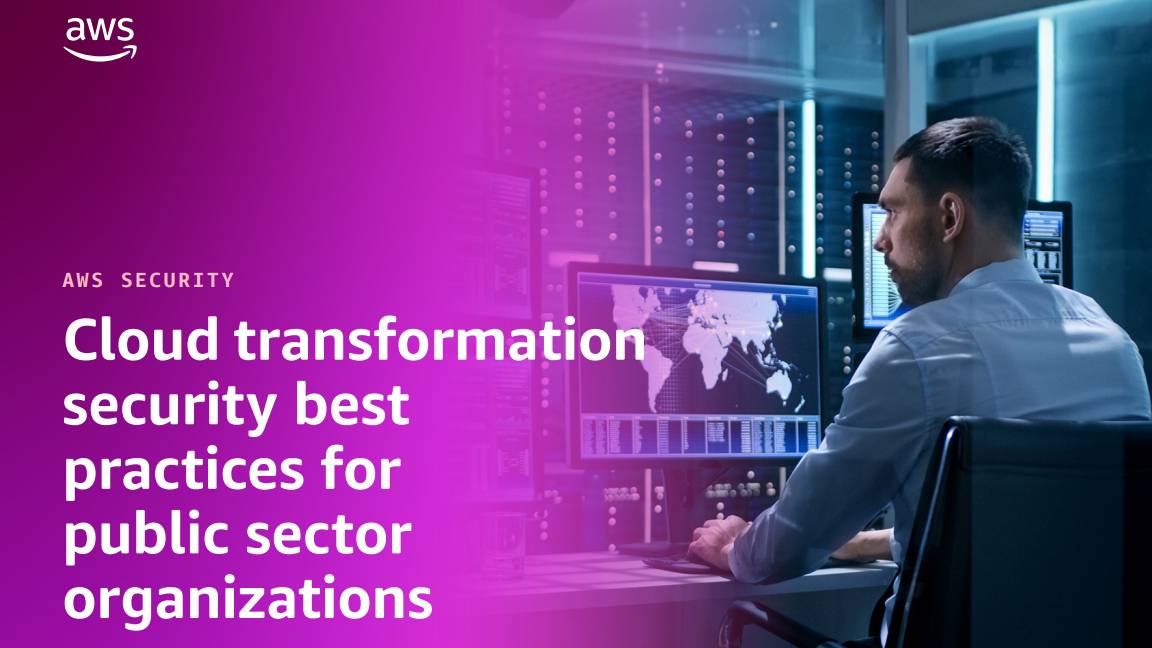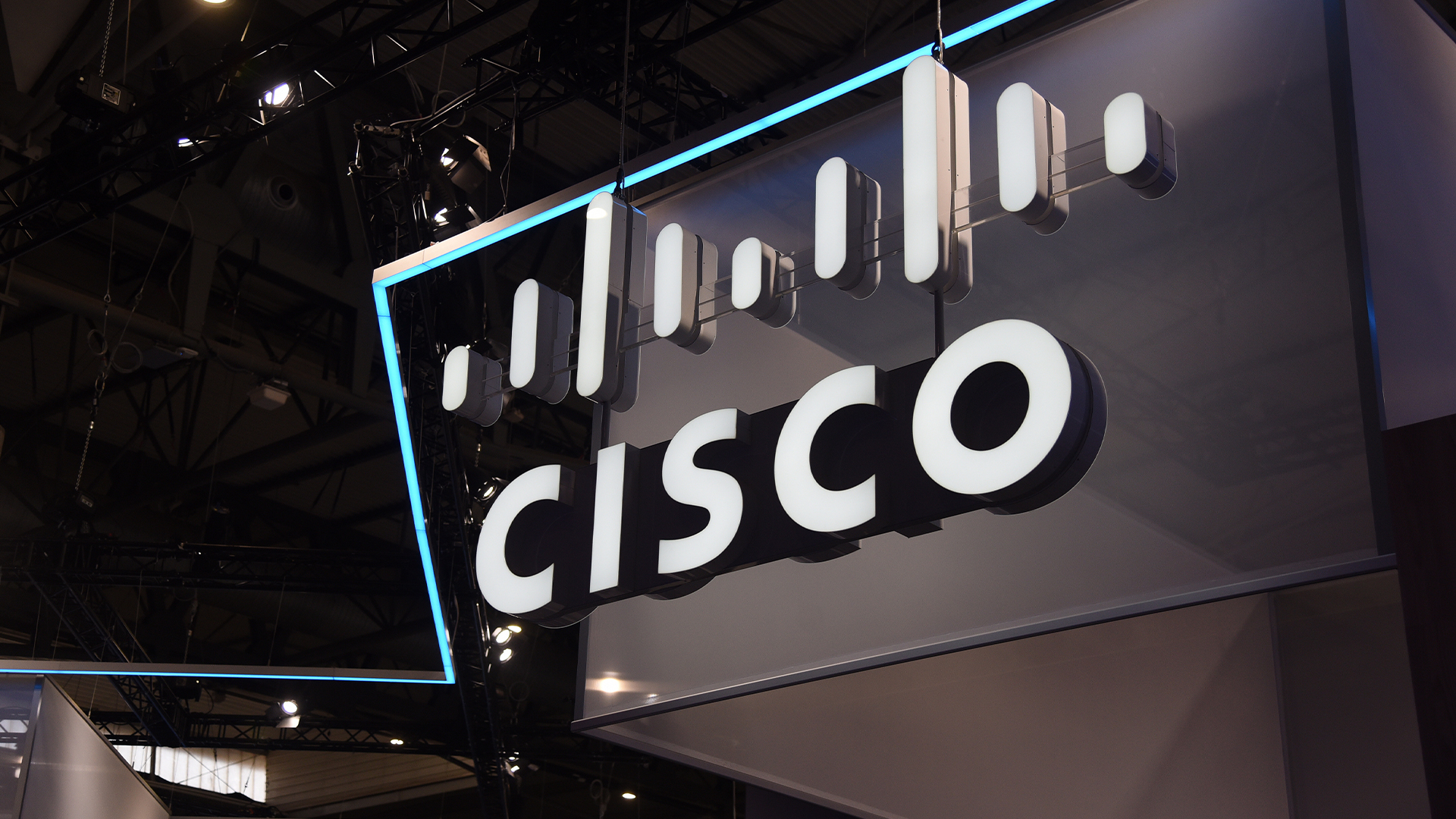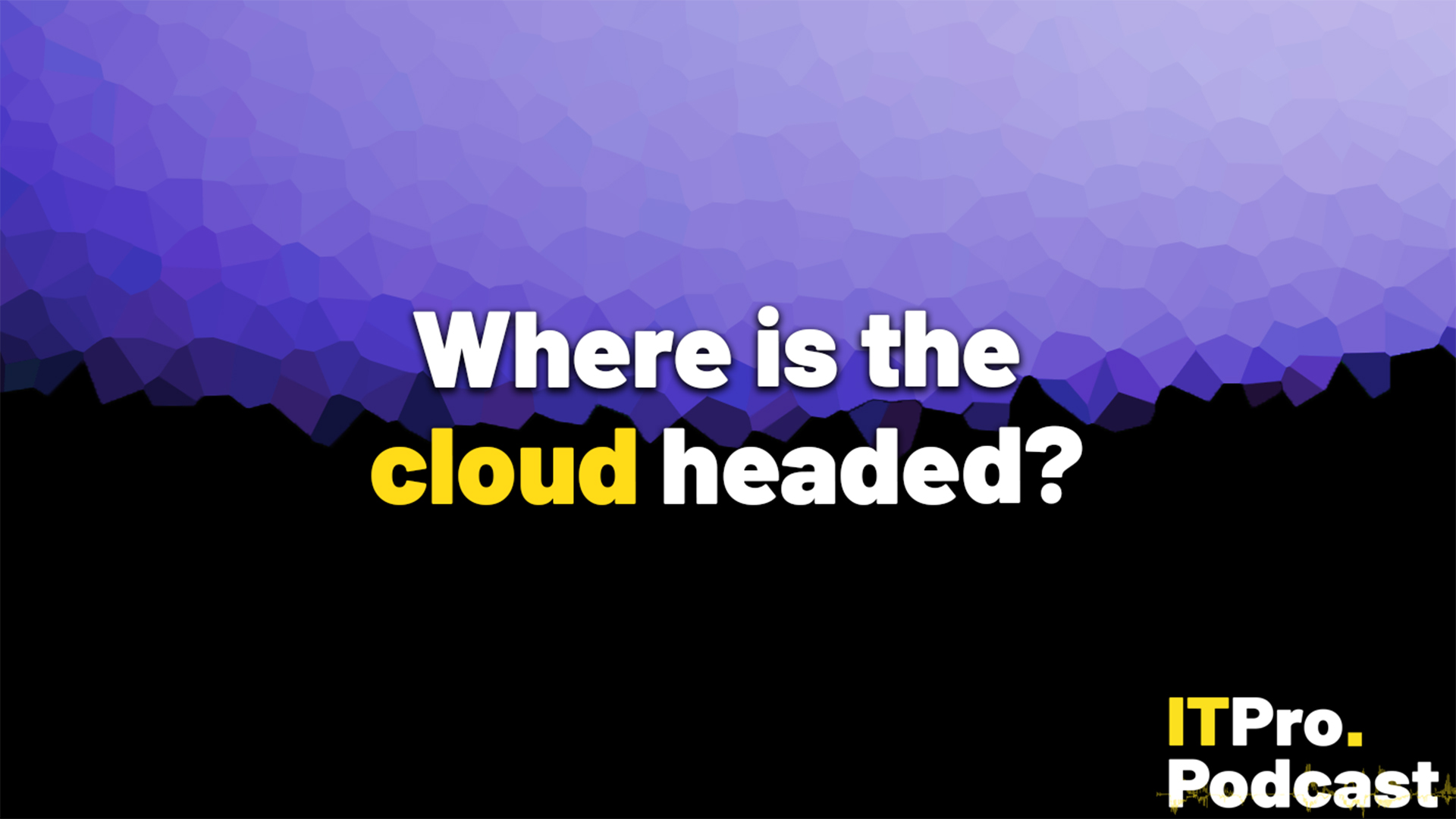Where next for private cloud networks?
Why private cloud will remain a strong option for the foreseeable future – and could even help firms save costs and prepare for the future

However you define "private cloud" or segment the analysis, it's on the up. Although organizations are moving away from owning their own on premises infrastructure in their own data centers, they’re not guaranteed to choose the public cloud as they might have in the early cloud boom years.
So says Terry Storrar, managing director at Leaseweb, who tells ITPro that the cloud market continues to diversify as firms seek more control over their data and oversight of their cloud costs.
Storrar cites cloud sovereignty as a chief concern driving this investment. Customers worry about data compliance burdens in the wake of regulatory upheaval such as Brexit and businesses increasingly come under national or public-sector pressure to track where their data is at all times.
"You're taking what you had on-prem, moving it, accessing it via longer pieces of string," he says.
It's all about which workload runs best where for specific use cases and criteria from price to performance, versus skills and other resources. And these concerns are translating into serious figures: Technavio analysis carried out in 2023 found the private-cloud services market will expand by $619 billion by 2028, a compounded annual growth rate (CAGR) of 27%.
Public cloud is losing its appeal
Workloads can be harder to manage in the public cloud, which is a part-driver of some cloud repatriation the tech sector is recording right now. Of course, using a public cloud can free firms up to only pay for what they need and managed services providers (MSPs) can easily allocate resources by need and seasonality.
But depending on one’s organizational model and the amount that can be allocated to CapEx rather than OpEx, private cloud costs can become manageable and may even be preferred to murkier public cloud contracts.
Get the ITPro daily newsletter
Sign up today and you will receive a free copy of our Future Focus 2025 report - the leading guidance on AI, cybersecurity and other IT challenges as per 700+ senior executives
"If finance at the end of the month needs more, they can get more,” says Storrar. “A general feeling is it's more manageable and costs can be predicted.”
Yet while Storrar says interoperability between clouds will improve, he doesn't predict "massive" innovation, beyond applying that "longer piece of string" to more resources.
Tony Lock, distinguished analyst at Freeform Dynamics, describes the growth of private-cloud silos, building and deploying the private cloud for particular requirements. This, he says, has been eased by a rising ability to layer unifying management software on top, improving access to information.
The volumes of data that organizations store both internally and externally are also growing, as enterprises chase ROI by implementing predictive AI. Lock says that although most use "some degree" of public cloud – and growth isn't as fast as across public cloud – compelling use cases remain.
Integrated compute and analytics engines can now run on private data without having to export to public-cloud storage and back again or can do it without exposure, such as via homomorphic encryption that allows computation of data without needing to decrypt it.
"Public cloud access is subject to its functioning, and you have no direct management control of that," Lock points out. "For information where you want near 100% availability, private cloud might be preferred."
Data storage in the public cloud isn't necessarily cheap either and the private cloud offers almost as many capabilities so long as you don't need to handle dramatic elasticity through the likes of AWS EC2. Private data accessibility to AI is becoming easier, with various access mechanisms and a layer of governance on top. Cybersecurity shouldn't be harder than managing any internal system security.
"So there are all sorts of ways this particular cat is getting skinned," adds Lock.
Francis O'Haire, group CTO at distributor Climb Channel Solutions, tells ITPro that it’s essential to identify the specific needs of one’s business when it comes to making decisions on private cloud.
"Look at your workloads and decide on baseline – what you need to run day-in, day-out that's predictable," he recommends.
Public cloud repatriations can stem from poor management or an inability to automate. For example, not turning off workloads when they’re not providing an obvious business function. But O’Haire notes that cloud flavors are blurring, making it tougher to discern your best option.
The HPEs and Dells of the world have taken notice, and now offer ways to limit capex exposure. "It can be in a kind of cloud pay-as-you-go (PAYG) model, but with the kit dedicated to you and where you want it to be, in a data center or your own premises," he explains.
Organizations looking to keep private cloud in the mix, or move from public to private in select instances, should keep a firm eye on the future and examine where legacy tech can be replaced with agile cloud infrastructure which could operate in either private or public instances.
Above all else, firms need to weigh up their options to take care they’re not just kicking the can down the road on becoming cloud-native – a sentiment with which Simon Bennett, CTO at Rackspace, agrees.
"[Private cloud] will endure for quite a while. Many ISVs will try to do SaaS too even though that's not their forté, to get a foot in both the public and private camps,” he says.
"Again, that way you can deal with different regulations without a problem, for maximum deployment capability," Bennett concludes. "The thinking on sovereignty also applies to AI – a lot of benefit is actually using AI to sift your own IP, that you don't want out in the wild."
Future-proofing can be costly
Hosted private cloud options, where a provider delivers cloud solutions as a service, can offer technology choices from one or several major cloud players, potentially minimizing the cost of upgrading a private cloud set-up. This may otherwise include purchasing hardware, GPUs, sufficient power for the data center, and so on.
Hyperscaler savings and ROI from wholesale lift-and-shift have often been optimistic, yet ultimately there'll be consolidation of private cloud providers for economies of scale too, with niche services a possible exception, Bennett notes.
Lee Wilkinson, tech solutions group lead at Insight, agrees that private-cloud workloads will increasingly move into private AI and data spaces over the next three to five years. He tells ITPro that integrated reference architectures will be a major theme and use cases pre-tested in public cloud by big vendors public cloud will also be useful to enterprises.
However, Wilkinson believes the mix of private versus public will stay "relatively the same"; some workloads will move to the public cloud, while others will come back.
RELATED WHITEPAPER

"Predicted growth is pretty high," says Wilkinson. "But the use case influences which technologies you choose."
Gartner predicts declining traditional procurement of servers, storage, and integrated systems - in favor of hyperconverged integrated systems on which you can run mixed or private cloud workloads including AI.
Thirty percent of this procurement will be as services, with half of critical enterprise applications expected to live beyond public cloud through to 2027.
"Integrated reference architectures will have a 30% CAGR and growth over three to four years," Wilkinson agrees. "It's still a hot market."
David Lees, CTO officer at SAP partner Basis Technologies, says organizations want private cloud benefits, but not to manage their own data centers, pointing to "customized" SAP landscapes unready for multi-tenant public cloud.
SAP itself is tackling the segment. Rise with SAP "is kind of the latest version of what they're calling private cloud" versus Grow with SAP multi-tenancy. Customers must "grow or rise" to access some newer capabilities.
"It's unattractive to buy perpetual on-prem licenses or licenses where you manage the hosting directly with a hyperscaler or a kind of virtual private cloud provider of your choice," says Lees.
Fleur Doidge is a journalist with more than twenty years of experience, mainly writing features and news for B2B technology or business magazines and websites. She writes on a shifting assortment of topics, including the IT reseller channel, manufacturing, datacentre, cloud computing and communications. You can follow Fleur on Twitter.

